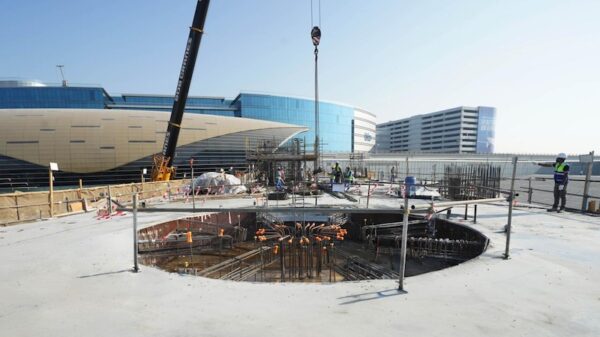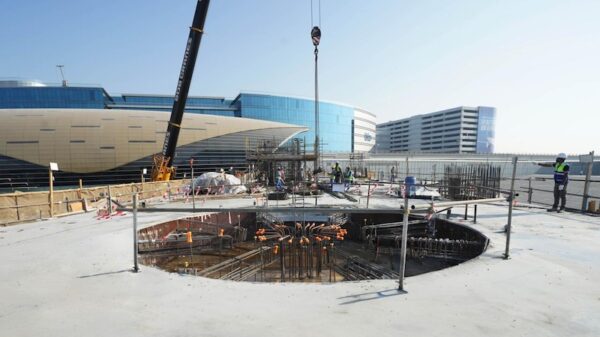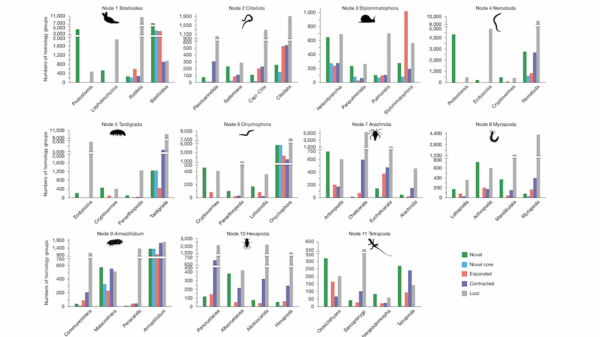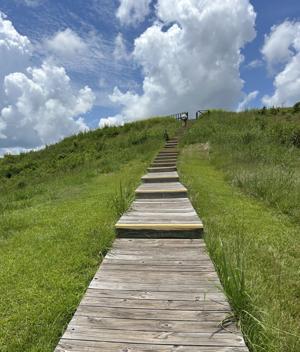The Poverty Point World Heritage Site in Louisiana has drawn attention as visitors flock to explore its ancient mounds and unique archaeological significance. Located in Poverty Point Reservoir State Park, the site is a testament to human ingenuity and cultural development, dating back approximately 3,400 years. It was designated a UNESCO World Heritage Site in 2014, acknowledging its importance to global heritage.
Visitors are particularly captivated by the Bird Mound, one of several earthen structures that make up this prehistoric site. Climbing to the top of the mound offers a panoramic view of the surrounding landscape, allowing guests to appreciate both the scale of the construction and its historical context. The mounds are believed to have served various ceremonial and social functions, showcasing the advanced societal organization of the people who built them.
As interest in cultural tourism continues to rise, Poverty Point stands out as a prime destination for those seeking to connect with the past. According to Catherine S. Comeaux, a local historian, the site provides an invaluable opportunity for education and reflection. “There is so much to learn about the people who lived here and how they interacted with their environment,” she stated in a recent interview.
The site encompasses about 1,000 acres, and ongoing research continues to reveal insights into the lives of its ancient inhabitants. Archaeologists have uncovered artifacts such as tools, pottery, and trade goods, which suggest that the area was a hub of commerce and cultural exchange. This diverse array of findings highlights the complexity of social structures that existed long before European colonization.
Poverty Point’s designation as a World Heritage Site also brings economic benefits to the region. Local businesses are experiencing increased traffic as tourists visit the park, generating revenue through recreational activities, dining, and accommodations. The Louisiana Office of Tourism reports that heritage sites like Poverty Point can significantly boost local economies by attracting visitors interested in history and culture.
Efforts are underway to enhance visitor experiences at the site, including guided tours and educational programs. These initiatives aim to deepen understanding of the site’s significance and the prehistoric peoples who constructed it. As more people discover Poverty Point, it is poised to become a cornerstone of cultural tourism in Louisiana.
With its rich history and breathtaking landscapes, the Poverty Point World Heritage Site continues to be a vital link to understanding the ancient past. Its ongoing exploration and preservation underscores the importance of heritage sites in connecting present generations to their historical roots.



































































